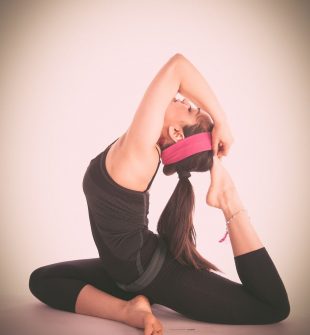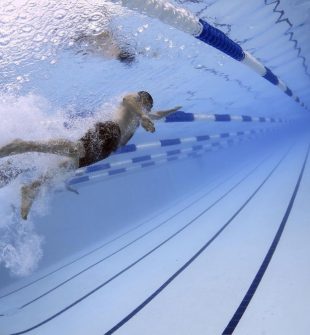Grips CrossFit: The Ultimate Guide to Enhancing Your Performance

Introduction:
CrossFit has taken the fitness world by storm, revolutionizing the way people train and pushing the boundaries of physical fitness. One key aspect of CrossFit that sets it apart from traditional workouts is the integration of grips. In this comprehensive article, we will delve into the world of grips CrossFit, providing an in-depth overview, discussing the various types, highlighting popular options, exploring quantitative measurements, and analyzing the differences between grips. Additionally, we will embark on a historical journey, examining the pros and cons of different grip options. So, buckle up and get ready to enhance your CrossFit performance with the right grip!
1. An Overview of Grips CrossFit:

Grips CrossFit refers to the wide range of hand protection accessories used during workouts to enhance grip, reduce friction, and minimize the risk of injuries. These grips are typically made of durable materials such as leather, synthetic fabric, or neoprene, designed to withstand the demands of high-intensity CrossFit exercises.
2. Comprehensive Presentation of Grips CrossFit:
There are several types of grips available in the market, each catering to different preferences and workout requirements. Some popular options include:
a) Full Palm Grips: These grips cover the entire palm, providing ultimate protection and grip comfort. They are ideal for exercises involving bar work, such as pull-ups, muscle-ups, and kettlebell swings.
b) Three-Finger Grips: These grips offer a combination of palm protection and finger mobility. They are suitable for movements requiring a secure grip while allowing for a higher degree of finger dexterity, such as rope climbs and handstand push-ups.
c) Fingerless Grips: As the name suggests, these grips leave the fingers exposed while providing palm protection. They are favored by athletes who prioritize maximum tactile sensation and versatility in their workouts.
d) Wrist Wraps: Although not technically grips, wrist wraps are often used in conjunction with grips to provide additional support and stability. They are particularly beneficial for exercises that put significant strain on the wrists, such as overhead lifts and handstand holds.
3. Quantitative Measurements of Grips CrossFit:
When determining the effectiveness of grips CrossFit, it is important to consider quantitative measurements. Grip strength and endurance are two crucial factors that can directly impact your performance. Utilizing grip-strengthening training tools, such as grip trainers, hand exercisers, or grip balls, can significantly enhance your ability to hold onto bars, weights, and other equipment for longer periods and with greater stability.
Furthermore, grip thickness and padding play a role in determining the level of comfort and protection provided by grips. Thinner grips offer better tactile sensation and control, while thicker ones provide more cushioning and reduce the risk of blisters and calluses.
4. Discussion on Differences between Grips CrossFit:
The various types of grips CrossFit differ in terms of coverage, material, design, and intended usage. Full palm grips provide the most extensive coverage and protection, while fingerless grips prioritize dexterity and tactile feedback. Additionally, different manufacturers may incorporate unique features into their grips, such as adjustable straps, reinforced stitching, or special grip patterns, further differentiating their offerings.
5. Historical Overview of Pros and Cons of Grips CrossFit:
Over time, the CrossFit community has witnessed the emergence of various grip options, each with its own set of advantages and disadvantages. Traditional leather grips, for instance, offer excellent durability but may require a break-in period. Synthetic fabric grips, on the other hand, are often more comfortable from the start but may not withstand as much wear and tear. Additionally, some grips may have a tendency to become slippery when wet, while others excel at moisture absorption, ensuring a consistent grip even during intense workouts.
By understanding the historical progression of grips CrossFit, athletes can make more informed choices based on their individual needs and preferences.
Conclusion:
Grips CrossFit represents an essential element in maximizing performance, reducing the risk of injuries, and achieving optimal results in CrossFit workouts. Through a thorough overview, extensive presentation of grip types, quantitative measurements, discussion of differences, and historical examination of pros and cons, we have explored the world of grips CrossFit in great detail. Equipped with this knowledge, you can now make an informed decision when selecting the ideal grip to take your CrossFit journey to new heights. Remember, the right grip is the foundation of a solid workout!
Note: The video attachment should be inserted at an appropriate location in the article to enhance understanding and engagement.





